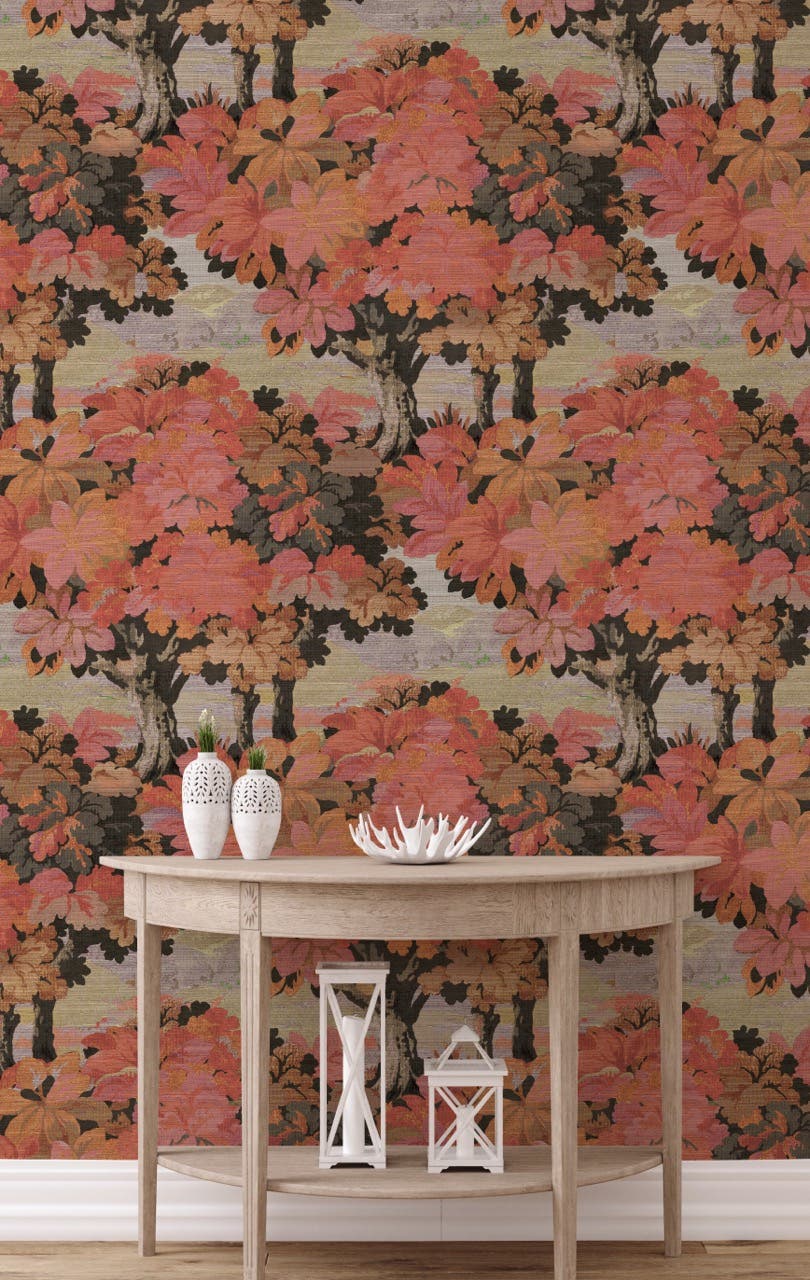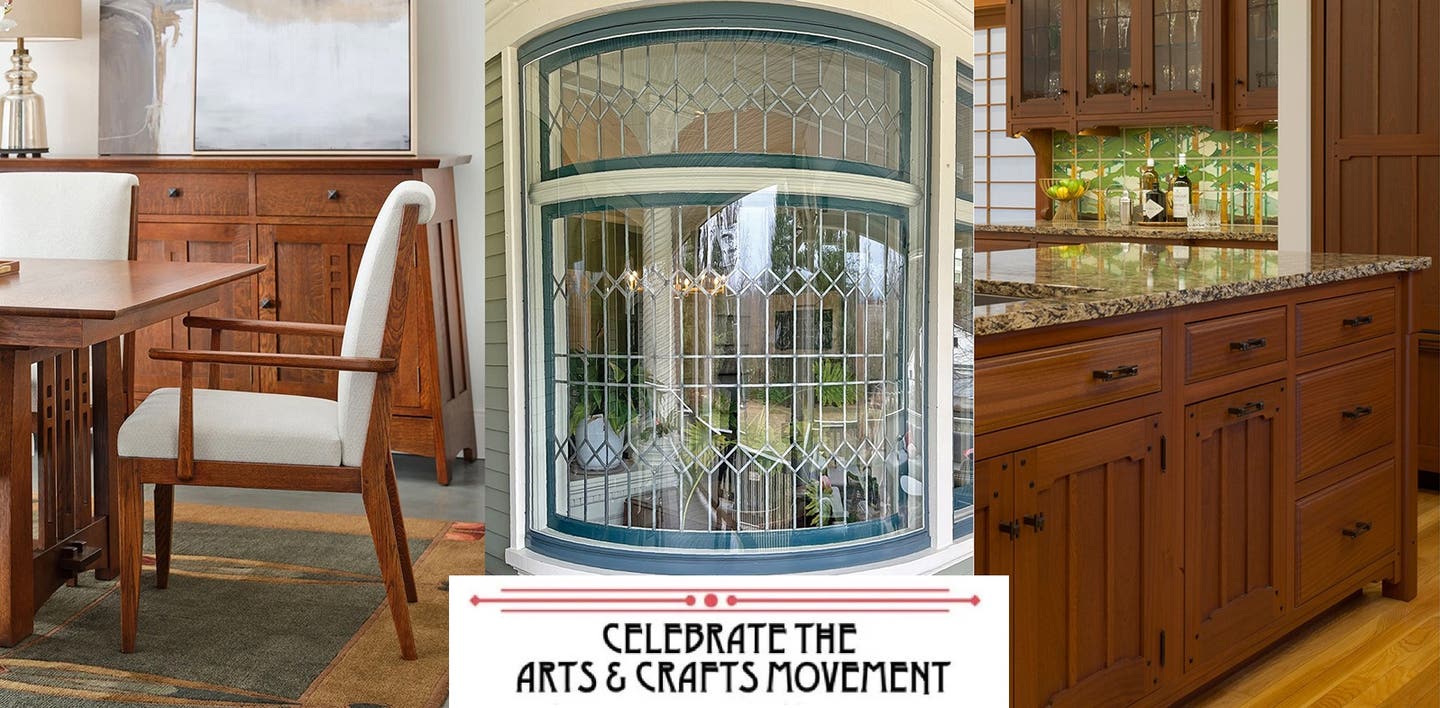Mary Chase Perry is still a presence at Pewabic, the pottery she founded in 1903. Executive Director Steve McBride, once a potter here and now the pottery’s executive director, can visualize Perry (later Stratton) stamping out sparks from her long swirling skirt after opening the kiln to throw oil into the furnace during one of the pottery’s trademark iridescent glazings.
The oldest continuously active pottery in the nation, Pewabic is enjoying a renaissance, following the pandemic shutdown. Still, operating out of a National Register site limits the amount work it can produce: architectural and art tile, and turned and cast case pieces. “The philosophy was never to grow just for the sake of growing,” says McBride, noting that part of Pewabic’s mission is education and community engagement. “Mary always wanted it to stay a small shop.”
Pewabic is an institution in the Detroit area, where many of its architectural tiles grace important historic buildings. The not-for-profit pottery still takes a hands-on approach to its art tile, architectural tile, and turned and slip-cast pieces. That extends to the clay itself, which is still made on the same belt-driven pug mill installed in 1912. Much of the tile produced is stamped by a hydraulic ram press, but human hands still trim the tiles and prepare them for firing and glazing.
All pieces are hand-glazed or hand-dipped, including intricate works of art like the recent honeycomb-like Hex paperweights. A new introduction: watertight vases with an iridescent glaze called Copper. The glaze finish may range from the shine of a new copper penny to blush or even milky blue. Pottery and tile become iridescent when oil mixed with a little dish soap is injected into a hot kiln. The smoke produced by the oil eats up all the oxygen in the kiln, which causes the metallic oxides in the glaze to take on the dynamic finish. It’s a clever adaptation of a technique that originally involved such toxic ingredients as kerosene. “We’ve redeveloped glazes that are hard to tell apart from those original glazes, even the iridescent ones,” notes McBride.
STEVE McBRIDE
Pewabic Pottery
Detroit, Michigan
(313) 626-2000
pewabic.org
Mary Ellen Polson is a creative content editor and technical writer with over 20 years experience producing heavily illustrated know how and service journalism articles, full-length books, product copy, tips, Q&As, etc., on home renovation, design, and outdoor spaces.







